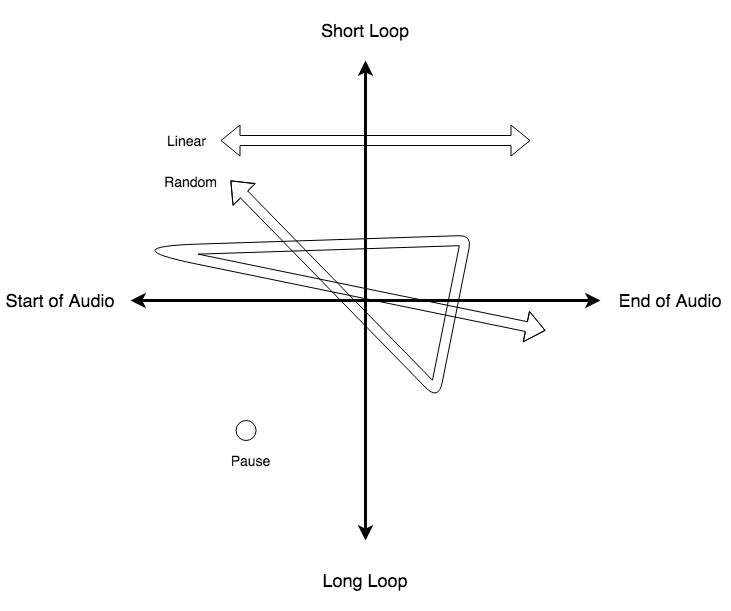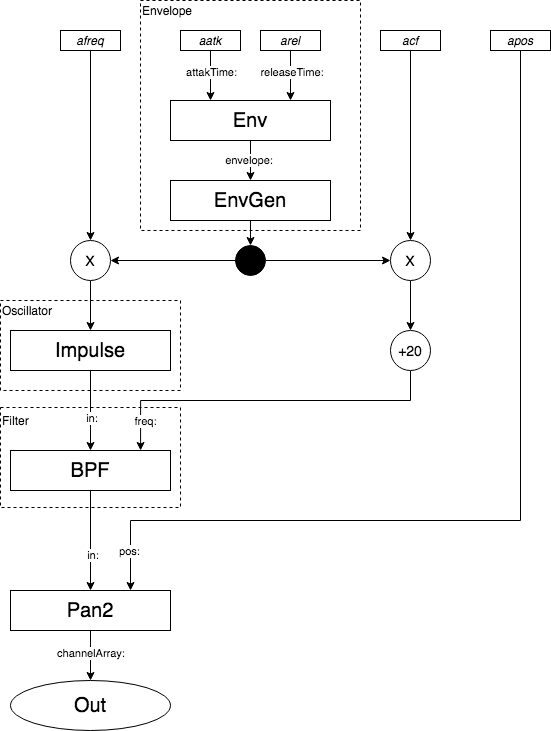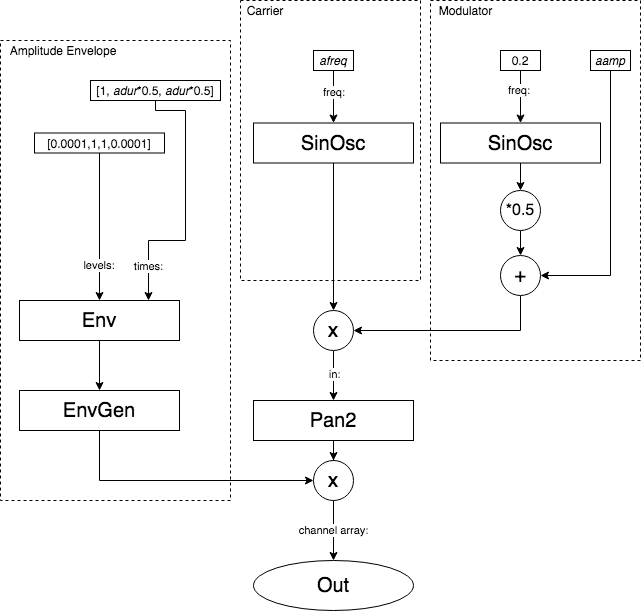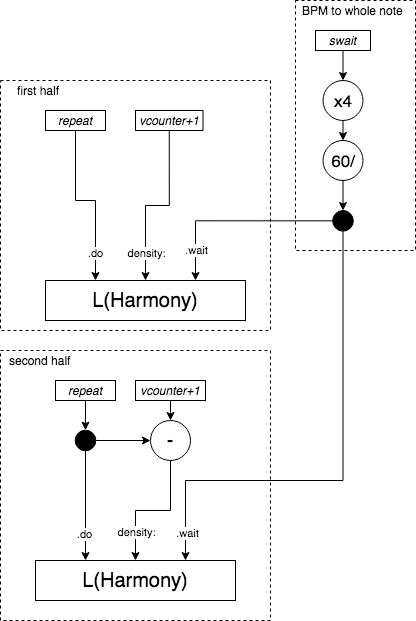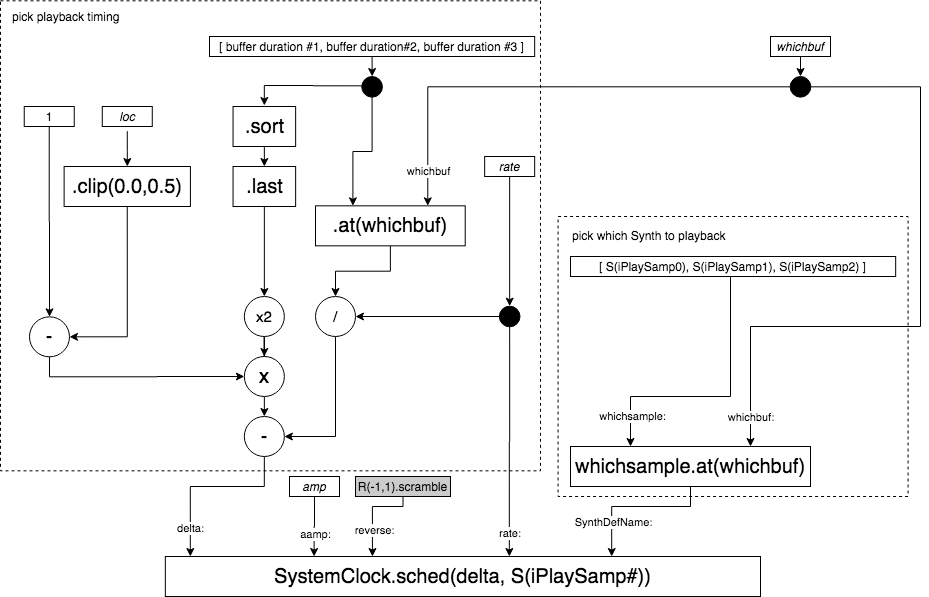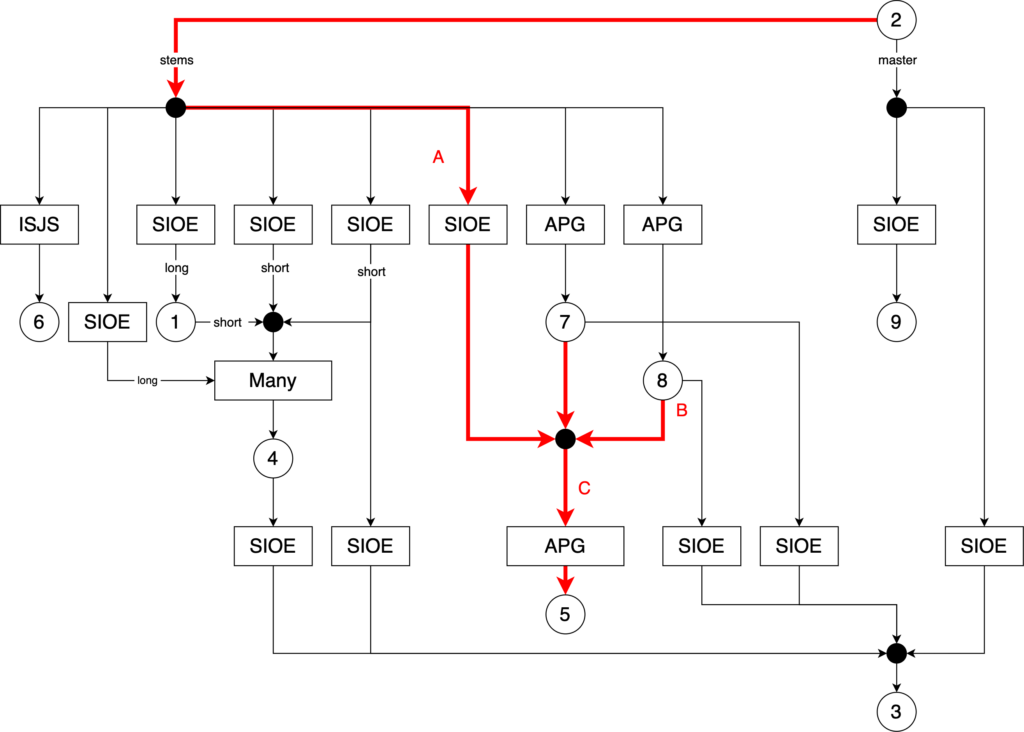There are many ways to describe relationships through sound.

1473 Recordings recently released a remix album of my compositions. Except for the founder of the label, I did not know the remix artists before the project, and I have not met them in person yet. The relationship between the three artists and I are through sound only. I provided six pieces that represent a few ways of relating a sound to another, and the remix artists put them into different contexts. The results are delightful to me because every combination and choices made in compositions are reflections of the composer. I am honored that Akosuen, Jienan Yuan, Jon Monteverde, and Cinchel spent time and energy to organize sounds to express who they are in this project.
Below are how I listened to each track. I think about the relationship between the sounds when listening. I also think about the connection between music and myself. Focused listening leads me to find unique properties and ideas expressed with sound in each track.
—
The album opens with Akosuen‘s Elegy. It is a conversation and non-conversation between two entities. The opposing sounds seem to exist independently at first, but they notice each other as the piece progresses. When the two stop and acknowledge the other, they create beautiful silences. Had the sounds choreographed in another way, the silence would not work so effectively and emotionally.
The first track’s last silence gracefully leads to Jienan Yuan‘s Armor 2. The track lets me ponder in the relationship between the sound and its resonant space. The source sounds (clarinet, clicks, and few that I can’t identify) act as personal guides to various sonically-rich environments. Changes from one place to another are surprising, especially in relation to different transitions I heard in the previous track.
As Armor 2 ends with trilling high pitch, Iris by Jon Monteverde invites me to further think about what trill, tremolo, and vibrato mean in music. Those words describe more than repetitive changes in sound. When I listen carefully to the tremolos of a skilled performer, I hear subtle but meaningful variations in each iteration. Iris has a similar effect. I hear surrounding sound repeat with changes as I sync to the melodica phrase. I find myself focusing on details. The track goes exceptionally well with the movements of clouds I see in the window right now.
The album ends with Underwater Cicadas by Cinchel. The track makes me look deeper into the relationship between sound and memories. I have a few sounds that trigger memories of a specific time and place. Fortunately, they are vague and malleable. In listening to Cinchel’s track, many memories related to water, cicada, and bird sounds merge into a new present. I can smell and feel the temperature of the place.
—
“There was a cold, musty smell coming through the open doorway: it smelled like something very old and very slow.” – from Coraline, Neil Gaiman
The above passage is an example of a state only possible in text. Similarly, there are feeling, thoughts, or a state only expressible in sound. That indescriptive property is what I value most in music. I believe that each track in Remixes By shares the said property. For that, I am most grateful.

